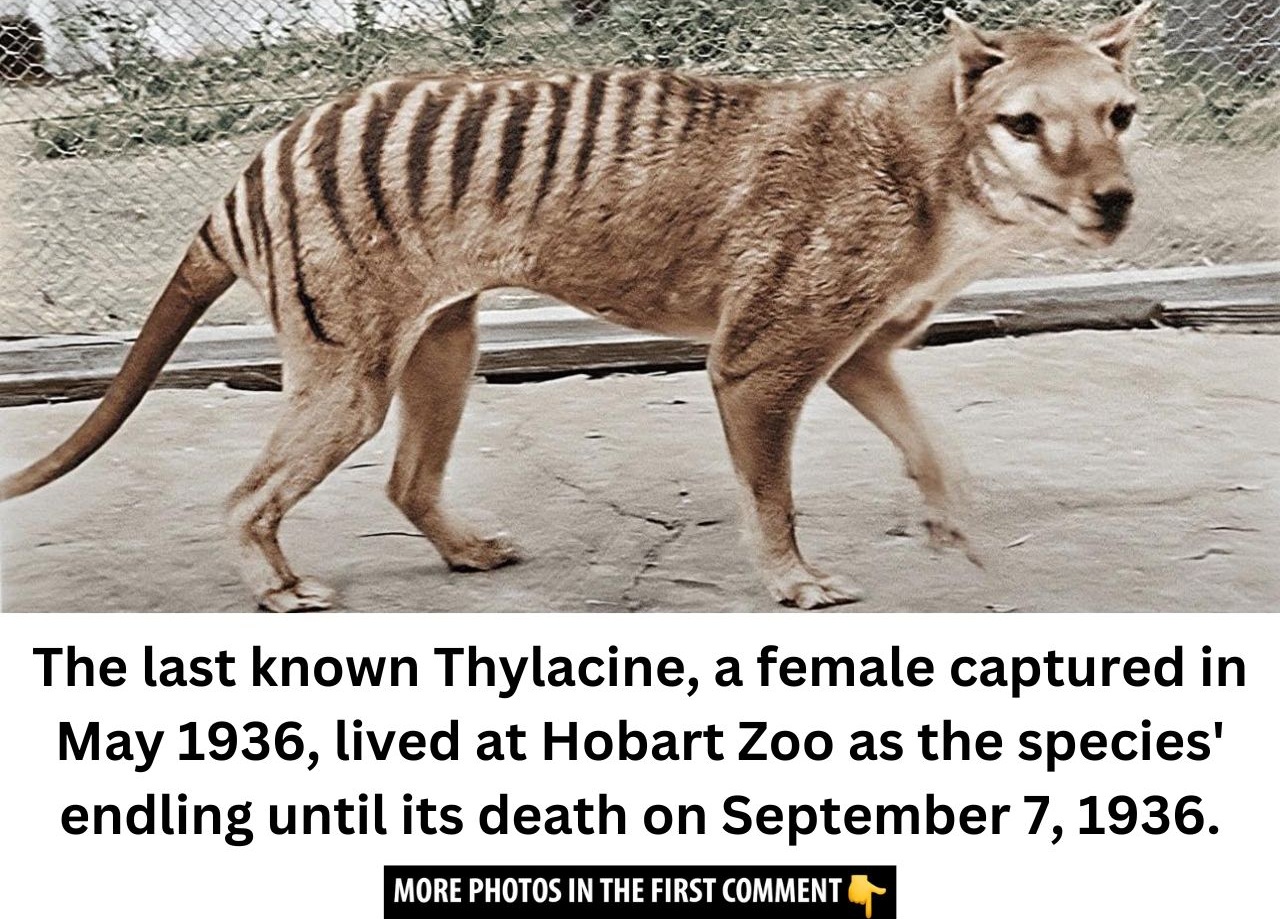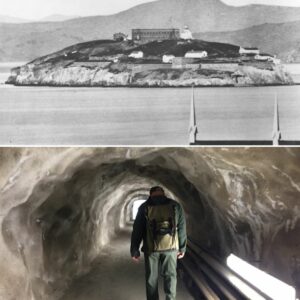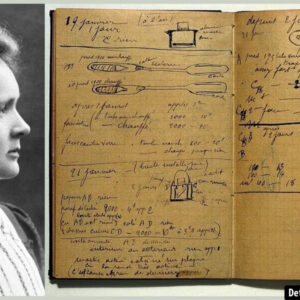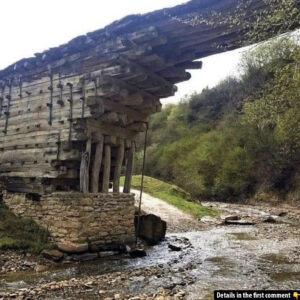The thylacine, also known as the Tasmanian tiger or Tasmanian wolf, is an animal that holds a unique and tragic place in history. With its striking appearance resembling a cross between a dog and a tiger, this apex predator roamed the wilds of Tasmania, New Guinea, and parts of mainland Australia for thousands of years. However, the thylacine’s fate was sealed by human activity, resulting in its extinction in the early 20th century. Through rare photos and captivating stories, we are left with the legacy of the last thylacine—a symbol of both the natural world’s magnificence and the irreversible consequences of human actions.
Introduction: The Enigmatic Thylacine
The thylacine was a marsupial predator, an unusual combination of carnivore and marsupial. It was easily recognizable by its dog-like body, a stiff tail, and most notably, the tiger-like stripes on its back. This unique creature was native to Australia, New Guinea, and Tasmania. By the time Europeans arrived, the thylacine had already disappeared from the Australian mainland, likely driven to extinction by competition with the dingo. However, the island of Tasmania remained a sanctuary, where the thylacine continued to thrive until the European colonization.
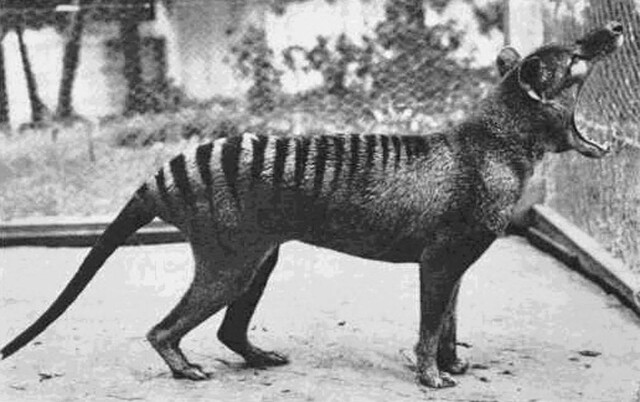
The thylacine was known for its timid nature and nocturnal habits. It hunted small to medium-sized animals, such as birds, kangaroos, and wallabies, using its keen senses to navigate the dense forests and grasslands. Unlike its tiger namesake, the thylacine was not known for aggressive behavior but instead was a silent and efficient predator. However, this subtlety would not be enough to save the thylacine from extinction.
Video
Watch Tasmanian Tiger in Colour and see the legendary Thylacine in vivid color, bringing this extinct species to life!
The Thylacine’s Decline
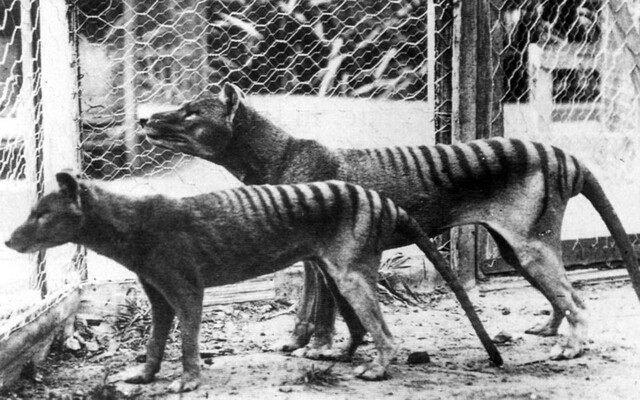
The arrival of European settlers in Tasmania in the early 19th century marked the beginning of the thylacine’s decline. Initially, the thylacine was seen as a nuisance by farmers, who feared that the creature would attack their sheep. This perception led to the introduction of bounty systems for thylacine pelts, starting in 1830. For decades, the government and landowners worked together to eradicate the thylacine, offering monetary rewards for every animal killed.
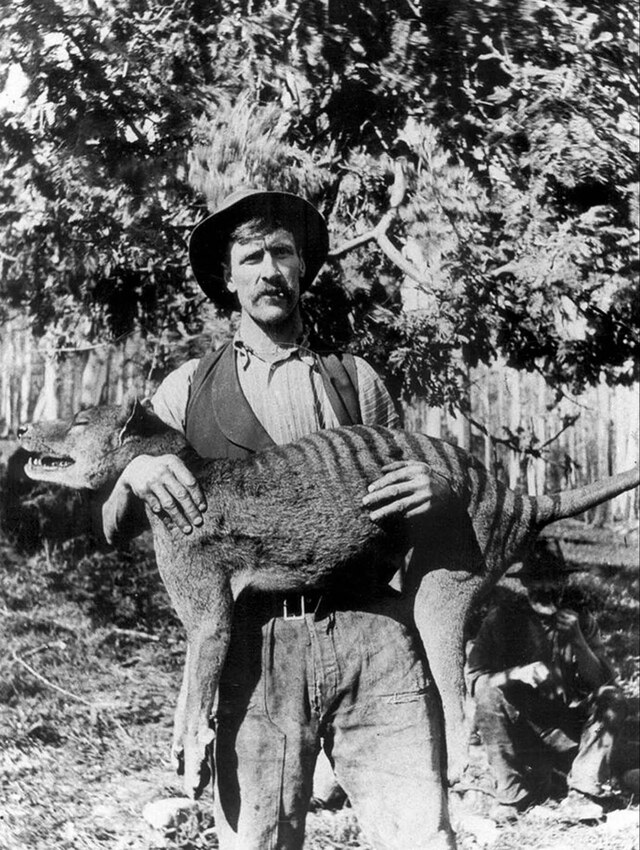
In 1888, the Tasmanian government offered a £1 bounty for each full-grown thylacine and 10 shillings for juveniles. This legal persecution, combined with habitat destruction and competition with introduced species like the dingo and domestic dogs, led to a sharp decline in thylacine numbers. By the early 1900s, the species had become rare and localized primarily to remote areas of Tasmania.
The Last Days of the Thylacine
As the thylacine population dwindled, the hope for its survival grew more fragile. In 1933, a significant event occurred: the last known wild thylacine was captured in the Florentine Valley of Tasmania. This individual was sent to the Hobart Zoo, where it was kept in captivity and became known as “Benjamin.” Benjamin was the last living thylacine, and his time in the zoo would be both a moment of global interest and profound sadness.
Benjamin’s life in captivity was far from comfortable. During his time at the Hobart Zoo, he was exposed to harsh conditions, including extreme weather. It is believed that Benjamin’s death in 1936 was due to neglect—he was locked out of his sheltered sleeping quarters and subjected to both intense heat during the day and freezing temperatures at night. This neglect led to the tragic death of the last known member of the species.
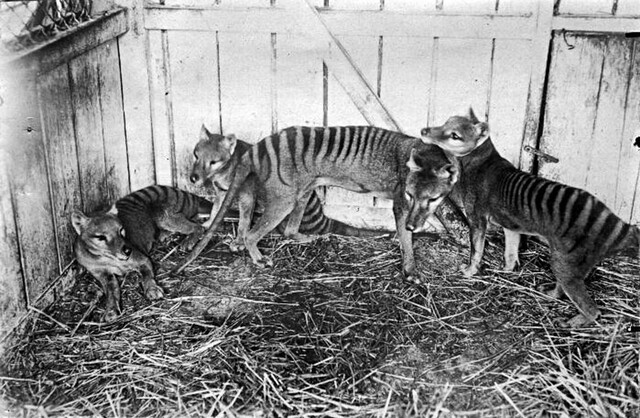
Benjamin’s Story: The Tragic End of the Thylacine
Benjamin’s story is a heartbreaking one. The last known footage of the thylacine was filmed in 1933 by naturalist David Fleay. The 62-second clip shows Benjamin in his zoo enclosure, walking, yawning, and even scratching himself like a dog. These rare photos and videos offer a glimpse into the life of an animal that would soon disappear from the earth. The fact that such a unique species could be reduced to a mere photograph is a stark reminder of the fragility of the natural world.
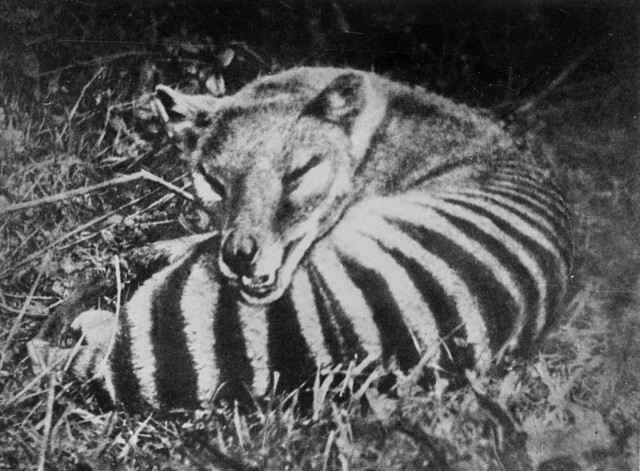
Benjamin’s death in 1936 marked the official extinction of the thylacine in captivity. Despite efforts to find and protect remaining populations, it became clear that the thylacine could no longer survive in the wild. The last confirmed sighting of a thylacine in the wild occurred in the 1930s, and after this time, the animal was declared extinct.
The Thylacine in Popular Culture
Despite its extinction, the thylacine has never truly disappeared from public consciousness. The creature has become a symbol of lost biodiversity and the irreversible consequences of human actions on the natural world. In addition to the few surviving photos and videos, the thylacine’s image has been perpetuated in popular culture, representing both a cautionary tale and a symbol of the wild beauty that was lost.
In the decades following its extinction, the thylacine has been featured in documentaries, books, and even works of fiction. The mystery surrounding its disappearance has fueled debates on whether the thylacine might still be alive in remote areas of Tasmania, though no confirmed sightings have been reported.
One of the most iconic symbols of the thylacine’s legacy is the famous footage of Benjamin at the Hobart Zoo. The image of the last thylacine, captured in its final days, is haunting and evocative—a reminder of the animal’s once majestic presence and the tragic loss it represents.
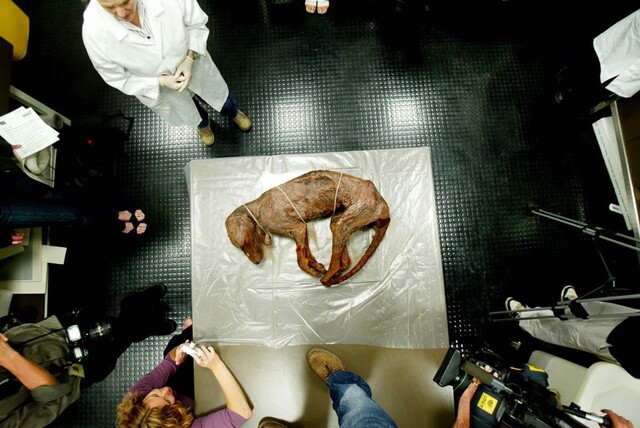
Conclusion: Reflecting on the Extinction of the Thylacine
The extinction of the thylacine is one of the most poignant stories of human impact on the environment. What was once a thriving species in Tasmania has been reduced to nothing more than a memory, preserved in photographs and film. The thylacine’s demise was caused by a combination of human activities—hunting, habitat destruction, and the introduction of invasive species—and its extinction serves as a powerful reminder of the importance of conservation efforts.
Today, the thylacine is a symbol of lost potential and a cautionary tale for those who continue to overlook the delicate balance of nature. While the creature itself is gone, its story is far from over. It lives on in the photographs, the films, and the stories that continue to captivate those who are moved by its tragic fate.
Image Gallery: Rare Photos of the Last Thylacine
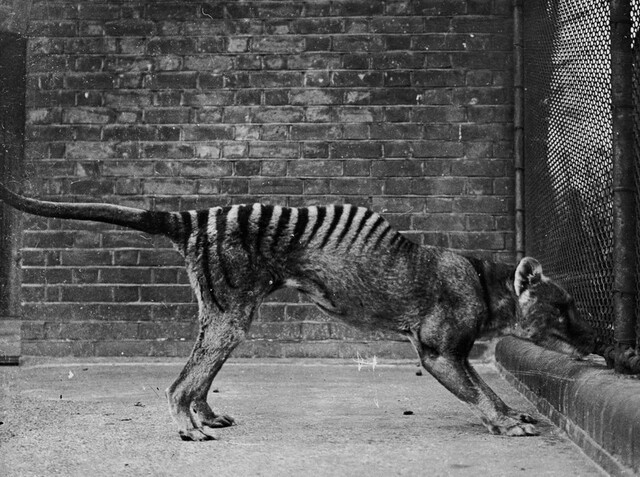
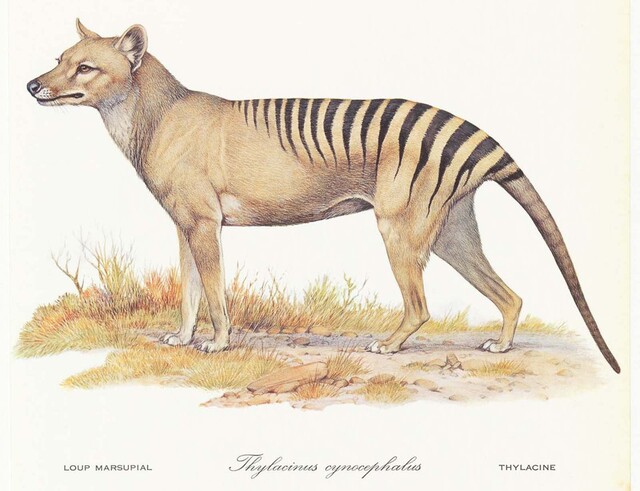
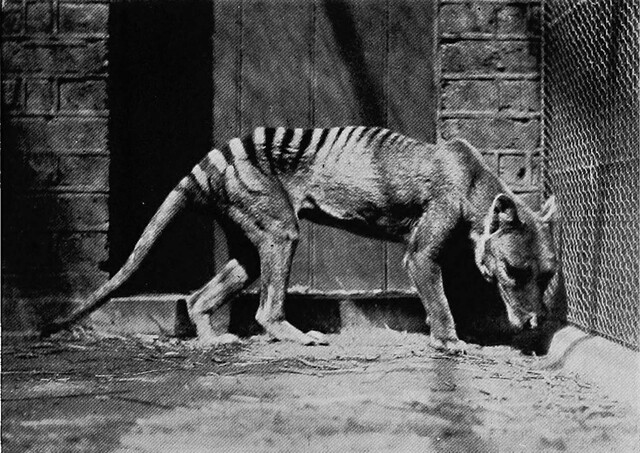
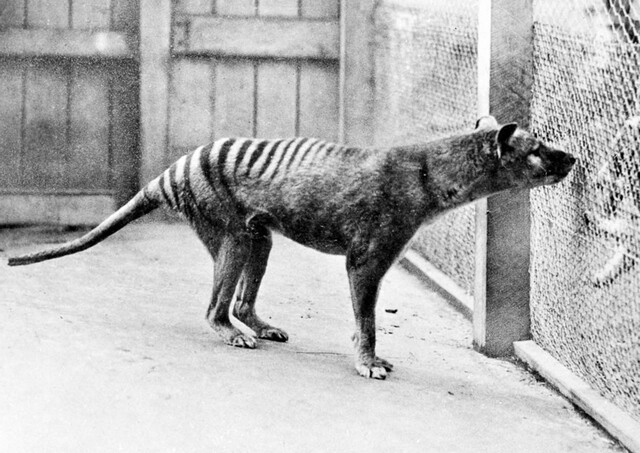
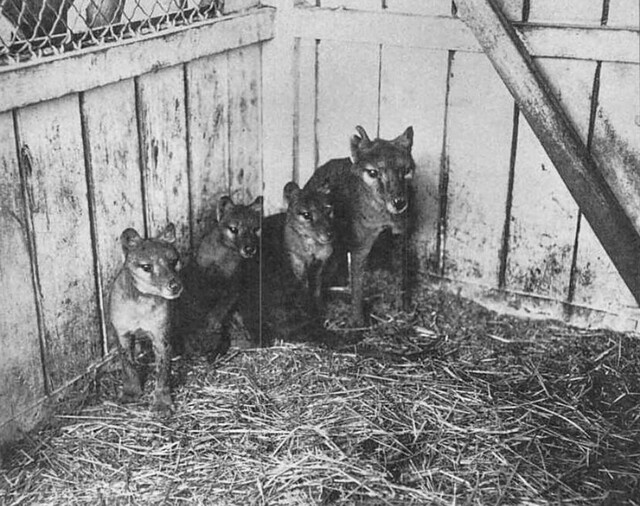
Video
Watch the video as efforts to revive the extinct Tasmanian Tiger continue, with an ongoing search for any remaining traces of the species.
